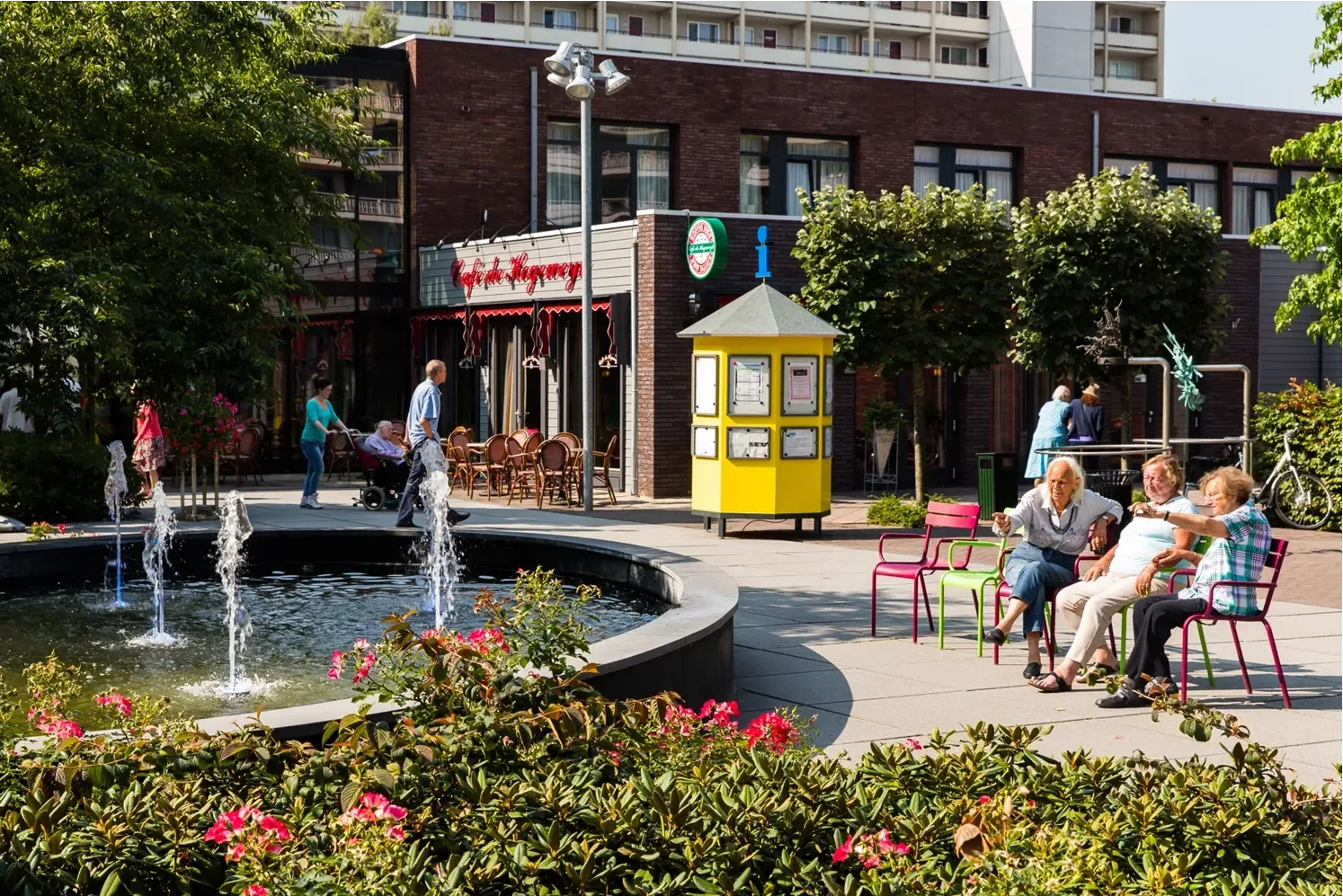Now Reading: Inside the Dutch Town Where Every Resident Has Dementia—And That’s the Whole Point
-
01
Inside the Dutch Town Where Every Resident Has Dementia—And That’s the Whole Point
Inside the Dutch Town Where Every Resident Has Dementia—And That’s the Whole Point

In a quiet corner of the Netherlands, there’s a town unlike any other. Streets look normal. There are shops, gardens, cafes, and people chatting on benches. But there’s one key difference—every resident here has dementia. This town, designed entirely for those living with memory loss, offers a different way to care. And it’s raising important questions about how we treat ageing in India.
How the Town Functions
This place is called Hogeweyk, and it was built from the ground up to serve people with dementia—not just medically, but socially, emotionally, and safely.
Instead of hospital rooms or restricted wards, residents live in small homes that reflect their former lifestyles. They shop at local stores, eat in shared restaurants, and walk freely—within a secure boundary that keeps them safe without locking them in.
Caregivers dress like shopkeepers, neighbours, or companions. The aim is not just safety but dignity—preserving the sense of normal daily life even when memory starts to fade.
What Sets It Apart
Unlike traditional care homes, there’s no sterile feel, no rows of beds or blaring alarms. Everything is designed to feel familiar and calming—from the furniture to the food.
The environment plays a crucial role here. Soft lighting, routine activities, music, and community interaction help reduce confusion and anxiety, which are common in dementia patients.
Residents are grouped based on similar backgrounds and interests, which helps create social comfort and ease of communication.
Why It Matters to India
India’s elderly population is growing, and with it, cases of dementia. But awareness and infrastructure are still extremely limited—especially in Tier 2 cities.
Most families are left to manage on their own. Facilities that do exist often treat dementia only as a medical issue, ignoring the emotional needs that are just as critical. For many caregivers, there’s guilt, exhaustion, and very little support.
A model like Hogeweyk offers a more humane and inclusive approach—one where people live with dignity, not just disease.
Could This Work Here?
Replicating this exactly in India may be difficult—cost, land, and social acceptance are real challenges. But elements of the idea could be adapted.
Retirement homes, community-based dementia care centres, or memory-friendly neighbourhoods could incorporate some of these principles. Local NGOs, city councils, and private developers all have a role to play.
Even small changes—like caregiver training, better design, or structured social interaction—can make a huge difference in how elders experience their final years.
Conclusion
The Dutch town built for people with dementia isn’t just a medical facility—it’s a reminder that care can be compassionate, creative, and deeply human. As India grapples with its ageing population, perhaps it’s time we asked: what kind of old age do we want to offer? One filled with silence and struggle—or one that still feels like living?

























